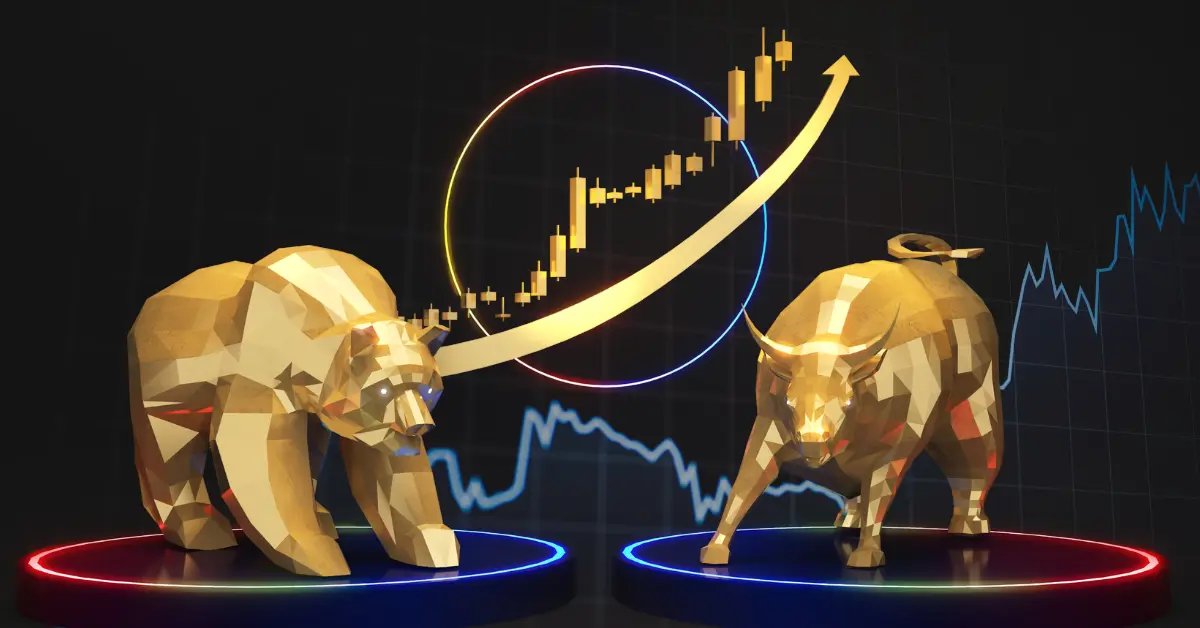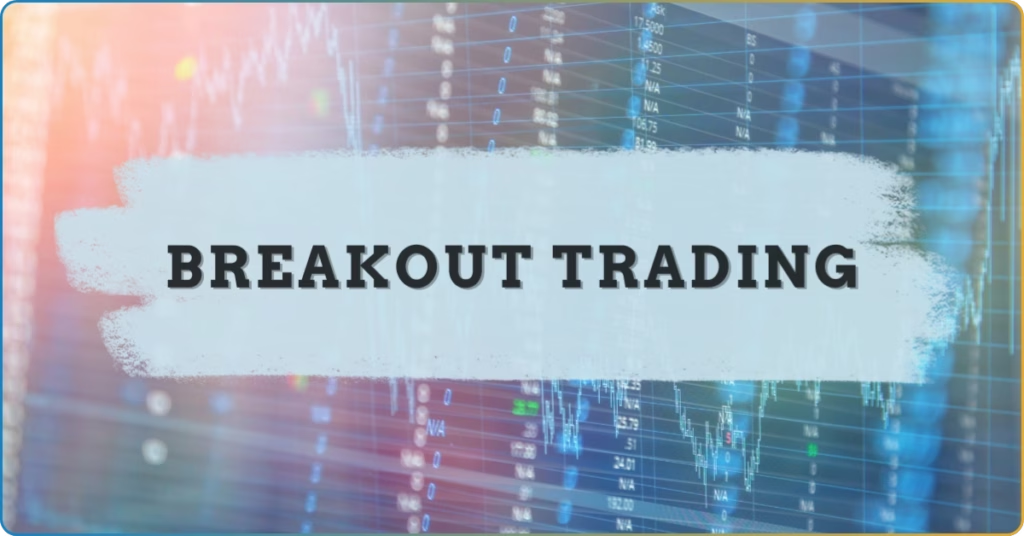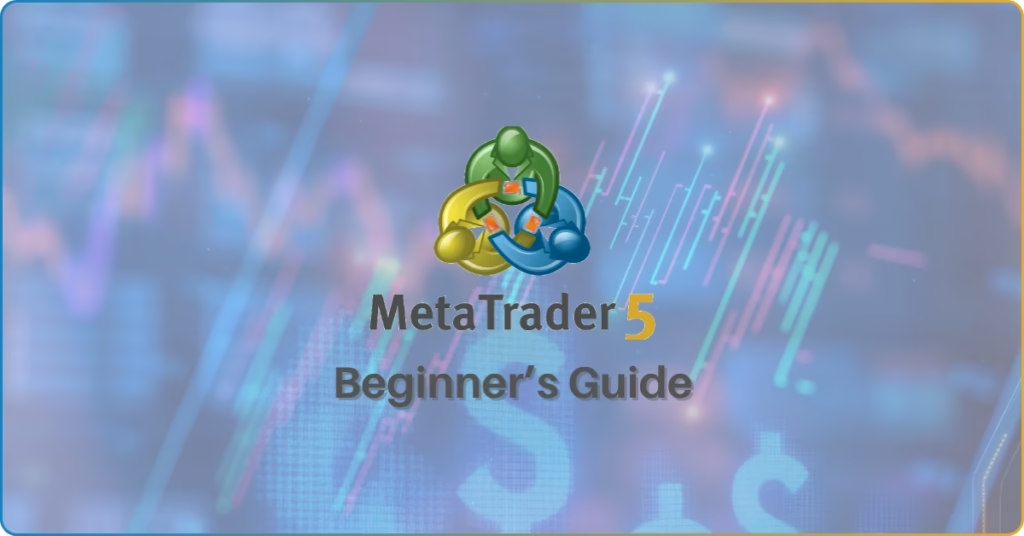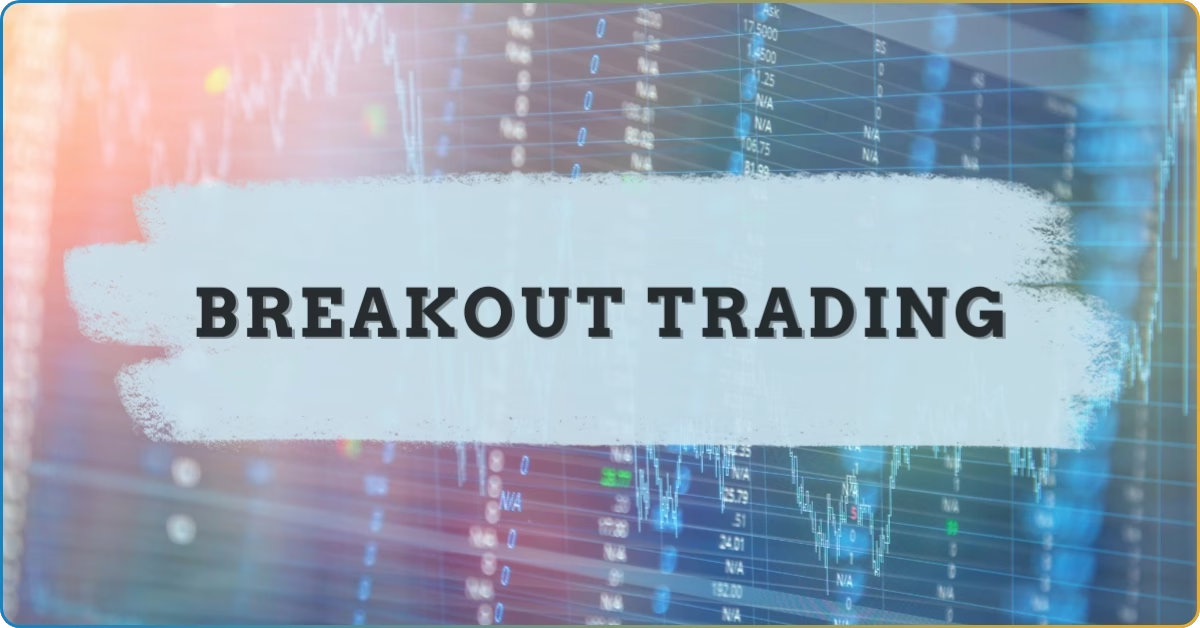Financial trading is exciting because of its lucrative nature; however, it can easily become overwhelming. But if you’ve established your trading style and can find suitable trading strategies for you, the complex nature of trading will ease up.
In this article, we’ll cover the most common trading strategies and the different types of trading styles that even beginner traders can use. Follow this article and see which type of trader you are!
Quick Refresher: What Is Online Trading
In the financial industry, trading is a type of investment wherein individual or institutional traders buy and sell financial securities. Financial securities include currency pairs, stocks, bonds, cryptocurrency, commodities, and other financial assets.
When you’re trading a financial security (say, a currency pair), you analyze and predict its potential market movement based on the market trends. You can buy the low and sell the high, basically profiting from the market price fluctuation.
But how do you start with online trading?
Well, you first need to have a broker. Online brokers are your gateway to financial trading; without them, you won’t be able to speculate on a specific forex market.
Did you know?
In online trading, market speculation means that you’re buying the low and selling the high market. Speculators offset the possibility of substantial losses by focusing on the prospective gains brought about by the market fluctuation.
Here are the different types of trading you can apply to your trading system. Remember, each of these markets offers different opportunities and has diverse associated risks, so make sure your style aligns with your overall investment objective.
| Assets | |
|---|---|
| Forex (foreign exchange) trading | Currency pairs: USD/JPY, EUR/USD, EUR/GBP, etc. |
| Stock trading | Company stocks: Apple Inc., Tesla Inc., Microsoft Corp., etc. |
| Cryptocurrency trading | Digital coins: Bitcoin, Ethereum, USDT, etc. |
| Indices trading | Stock index: Nasdaq, Nikkei, S&P 500, etc. |
| Commodities trading | Precious metals: Gold, silver, platinum Energy: Natural gas, crude oil, coal |
Trading Styles vs. Trading Strategies
Trading strategies and styles are important aspects of effective and profitable trading. With these two, you separate yourself from the typical gamblers who put their money out of whim, expecting it to grow.
Despite the market risk, entering the financial market with a sound trading strategy and suitable style guarantees your investment has a fighting chance of staying safe and profiting from the market.
However, doing so is easier said than done. In fact, the first challenge that new traders face is knowing the difference between a strategy and a style.
Your style of trading reflects your preference and system in the market. This represents how long you hold and how frequently you place a trade position.
Your style of trading may change, but it doesn’t happen always— just like your preference for something.
On the other hand, a trading strategy is your predefined methodology for entering or exiting a position. When you’re plotting a trading strategy, you must always base it on the current market behavior, your analysis of the market, and your style. Unlike your style, your strategy changes from time to time. Well, it should.
To recap:
- Your trading style represents your prospect profit and risk appetite. This also shows your trading account size, your time dedicated to trading, and your overall behavior when in the financial market.
- Trading strategies are based on your market analysis, including the historical trends or data, and the market fundamentals, including various economic factors.
- You must establish a style of trading before you can choose the right strategy. Remember, a certain strategy only works best in a specific style (e.g., using trend trading for scalping).
Note: Another aspect of online trading that is always likened to the trading strategy is a trading plan. Essentially, your trading plan guides your overall trading decisions, including the time of trade execution, risk management, and your overall trading objectives.
Why Are Trading Strategies Important?
When you use a trading strategy, you have a predetermined rule on which market environment you’ll place a trade, when to enter a position, and when to exit a trade based on risk tolerance and target profit.
Trading strategies are not one-size-fits-all. Not because it works for your friend doesn’t mean it would work for you. Also, you should never expect a trading strategy to work on ALL your trades.
Remember, you set your trading strategy based on your trading account and the market’s current state. Of course, to have a rational gauge of the market behavior, you must employ both technical and fundamental analysis.
Here are the four primary strategies you can use when you’re trading: Trend trading, Range trading, Breakout trading, and Reversal trading. Solidify your trading portfolio and grow your investment with these tested strategies.
1. Trend Trading
Also known as the trend-following strategy, trend trading involves the classic speculation of the prevailing market trends and potentially profiting from them. Most traders use this strategy, including novice traders!
When you’re trading market trends, you essentially identify the potential direction of the market using technical indicators and fundamental factors. Doing so tells you whether the market is going up or down.
This type of trading strategy is effective for short-term traders because it lets them profit from the short-term market fluctuations of the financial assets.
To effectively utilize and maximize this trading strategy’s full potential, you should be equipped with enough knowledge of market analysis to ride the trend.
How do we analyze the market trend?
- Master reading the trading indicators.
- Be constantly looking out for economic releases (Pro tip: Check economic calendars!)
Like ancient traders always say, “The market trend is your friend!”
2. Range Trading
Trading within the market range is among the most used strategies for active trading. With this strategy, short-term traders can ride along with the market over a short period.
But first, let’s define how traders define market range before diving more into range trading.
Look at your trading chart. Do you not see any clear direction or trend? Or does the market keep trading on its support and resistance level?
If yes, then you’re looking at a ranging market.
When you’re range trading, you keep a close eye on the market’s support and resistance. You basically base your entry and exit point on the support/resistance level.
With a support level, you can confidently place your entry or exit points without the fear of the market falling rapidly, bringing your position with it. Likewise, using the resistance level, you can tell at which market level the asset rejects to trade higher.
Here are the three types of a ranging market:
- Horizontal range
- Diagonal range
- Triangular range
3. Breakout Trading
Among the most popular technical indicators out there is the support and resistance. But did you know that there are other ways to analyze it aside from placing a buy position at the support level and placing a sell position at the resistance level?
That’s by trading the market breakout. In a volatile market, breakout trading is an effective strategy because the market is expected to break through its support and resistance level at any time.
Essentially, when you’re trading the market breakout, you place a buy order below the support level and a sell order above the market resistance. The logic behind this strategy is that the financial market never stays on its established and prevailing support/resistance level.
When a breakout happens, the market tends to have an increased volume and volatility because of the additional market pressure.
Here are the different types of market breakouts that you may observe and profit from:
- Continuation breakout
- Reversal breakout
Remember, many traders, even the experienced ones, fall victim to trend fakeouts. Make sure you’re skilled in identifying breakouts before you try this strategy.
4. Reversal Trading
Again, you subject yourself to volatility when you’re trading any financial instruments. With a volatile market, you expect the market to reverse at any time of the trading minute. When the market reverses, it signals a shift from its current trends to its opposite direction.
Riding this market reversal trend is lucrative to online traders— especially as this happens in the market more than you expected.
Did you know?
When a market reversal happens, traders can still exploit the market trends. Remember, online trading is not just profiting from the upward trend; you still make a profit even if the asset’s price is going down. Just execute the right trade position!
But remember, spotting a market reversal is a little tricky. Make sure you’re equipped with enough knowledge and trading resources to make this strategy work.
Want to sharpen your trading knowledge? TradeGeek is your go-to online trading library with a selection of comprehensive online trading courses for traders of all experiences. Read your way to success now— all for FREE!
Know Your Trading Style
Online trading is one of the best routes to go for people looking for a passive income. However, it’s only profitable if your way of trading aligns with your overall financial objectives.
Position trading, swing trading, day trading, and scalp trading (or scalping) are among the most used trading styles in the financial market.
1. Position Trading
Position trader has long-term thinking with their investment, ultimately aiming to capitalize on the substantial movement of the asset’s price. With position trading, you hold your trade for an extended period, like for months and years.
This trading style mirrors the traditional stock market investment, where investors buy a share of a particular stock, hold it for an extended period, and sell it once the market appreciates to the target profit level or when it depreciates to the predetermined stop level.
Fundamental analysis is an essential skill that position traders must master.
Remember, the decision of position traders must be based on the major market trends and their long-term effect on their trade.
When you keep your trade on the market for more than a month, you subject your investment to all possible market risks, including short-term price fluctuation. Be sure that your position, your capital, and your investment can handle the ever-changing market conditions by analyzing the market fundamentals.
2. Swing Trading
Compared to position trading, swing trading involves holding financial assets for a short to medium period to capture trading opportunities. Basically, swing traders attempt to capitalize on short-term price movements and fluctuations.
Because swing traders are concerned with holding a position shorter than position traders, they need to have strong risk management techniques because they expose their trades to sudden market moves. Remember, these types of movements may subject your investments to significant losses if you’re swing trading.
Unlike position traders, swing traders put more emphasis on technical analysis to identify market opportunities. However, this doesn’t mean swing trading doesn’t involve the analysis of the market fundamentals. In fact, swing traders may also utilize fundamental analysis to make their trading even more lucrative.
3. Day Trading
Day trading is the type of trading that analyzes and predicts the market trends that may happen within the same day.
This trading style is somehow related to the concept of intraday trading, where traders aim to capitalize on the market’s highs and lows.
Simply look at how frequently a trader executes a position in the market to know the difference between intraday and day trading. Intraday traders trade multiple times on the same trading day, while day traders primarily focus on a single of relatively fewer trades.
These two trading styles are most optimal for active traders who seek to actively participate in financial trading and profit from short-term market movements. At the end of the trading day, intraday and day traders will generate either a profit or a loss.
4. Scalping
Scalping is ultra-short-term trading where the trader executes tons of trade positions to the financial market, ultimately profiting from small price movements from all its open positions.
When you’re scalping, the market volatility and liquidity are your best friends. Why?
Well, a non-volatile market will bring no profit to your positions, and an illiquid market would make buying and selling securities difficult.
For that reason, this type of trading is most suitable for traders trading the forex, crypto, and stock markets due to their liquid and volatile nature.
Explore Different Trading Strategies and Styles on TRU CommuniTrade
Traders United knows the importance of learning from the experiences of the community. That’s the reason why TRU built CommuniTrade— a verified online trading community and facilitated platform for you to interact with the community. Here, you can discuss and ask questions about anything trading.
Become a CommuniTrade member and get empowered in the financial market by accessing reliable and credible information from the first-hand experiences of verified traders.
Frequently Asked Questions
What are the different types of short-term traders?
Short-term trading includes scalping, day trading, intraday trading, and, sometimes, swing trading. These types of trading styles involve holding positions within the trading day or overnight to take advantage of the small price movements and short-term trends of the market.
What is Active Trading in forex?
In forex, active trading refers to buying and selling a currency pair frequently over a short period to get quick gains. Active trading is best for scalpers and day traders because it aligns with the core principles of profiting from holding trade positions over a short amount of time.
This definition also applies in the context of crypto, commodities, indices, and stock trading.
What are the other types of trading styles?
Aside from the four primary styles, there are other ones to use in the financial market. This includes the;
- Intraday trading
- Algorithmic trading
- Seasonal trading
- Event-based trading
Remember, it’s important to consider your account size, risk appetite, and overall financial objectives when deciding which style to follow.
What is Momentum Trading in Stocks?
Stock momentum traders aim to profit from the stock market volatility and price swings. Essentially, they participate in stocks trading with the stock’s momentum as their primary consideration.
If the company stock is appreciating, you buy a share of it and then sell your shares before it loses its momentum.
Find which stock markets to trade for 2024 in our article: How to Choose the Right Stocks to Trade.
Final Thoughts: Know The Best Types of Trading
The four common styles when trading forex are position trading, swing trading, day trading, and scalping. Knowing which trading style suits your risk tolerance and prospective profit is essential in achieving your overall trading objectives.

















